The compoiund A is xylene. On sulphonation, it gives only one product (B) which on alkaine fusion followed by acidification yields (C), a phenol. On treatment with chlorform and alkali, (C) gives C9H1O2(D). Idenifuy the various organic compounds (A) to (D).
To solve the problem step by step, we will identify the compounds (A) to (D) based on the information given.
Step 1: Identify Compound A
The compound A is xylene. Xylene can exist in three isomeric forms: ortho-xylene, meta-xylene, and para-xylene. The problem states that xylene on sulphonation gives only one product.
Conclusion: Since para-xylene gives only one product upon sulphonation, we conclude that:
- Compound A = Para-xylene (C8H10)
Step 2: Sulphonation of Compound A
When para-xylene is treated with concentrated sulfuric acid (H2SO4), it undergoes sulphonation, resulting in the formation of a sulfonic acid derivative. The sulfonic acid group (SO3H) will attach to one of the aromatic carbon atoms.
Conclusion: The product formed from the sulphonation of para-xylene is:
- Compound B = Para-xylene sulfonic acid (C8H10SO3H)
Step 3: Alkaline Fusion of Compound B
The next step involves treating compound B (para-xylene sulfonic acid) with fused sodium hydroxide (NaOH) followed by acidification. This process is known as alkaline fusion, which typically leads to the removal of the sulfonic acid group and the formation of a phenol.
Conclusion: The product formed after alkaline fusion and acidification is:
- Compound C = 4-Methylphenol (C7H8O)
Step 4: Treatment of Compound C with Chloroform and Alkali
The final step involves treating compound C (4-methylphenol) with chloroform (CHCl3) in the presence of a strong alkali. This reaction is known as the Reimer-Tiemann reaction, which introduces a formyl group (–CHO) to the aromatic ring.
Conclusion: The product formed from this reaction is:
- Compound D = 4-Methylbenzaldehyde (C9H10O)
Summary of Compounds
- Compound A: Para-xylene (C8H10)
- Compound B: Para-xylene sulfonic acid (C8H10SO3H)
- Compound C: 4-Methylphenol (C7H8O)
- Compound D: 4-Methylbenzaldehyde (C9H10O)
The compound A is xylene. Xylene can exist in three isomeric forms: ortho-xylene, meta-xylene, and para-xylene. The problem states that xylene on sulphonation gives only one product.
- Compound A = Para-xylene (C8H10)
When para-xylene is treated with concentrated sulfuric acid (H2SO4), it undergoes sulphonation, resulting in the formation of a sulfonic acid derivative. The sulfonic acid group (SO3H) will attach to one of the aromatic carbon atoms.
- Compound B = Para-xylene sulfonic acid (C8H10SO3H)
The next step involves treating compound B (para-xylene sulfonic acid) with fused sodium hydroxide (NaOH) followed by acidification. This process is known as alkaline fusion, which typically leads to the removal of the sulfonic acid group and the formation of a phenol.
- Compound C = 4-Methylphenol (C7H8O)
The final step involves treating compound C (4-methylphenol) with chloroform (CHCl3) in the presence of a strong alkali. This reaction is known as the Reimer-Tiemann reaction, which introduces a formyl group (–CHO) to the aromatic ring.
- Compound D = 4-Methylbenzaldehyde (C9H10O)
- Compound A: Para-xylene (C8H10)
- Compound B: Para-xylene sulfonic acid (C8H10SO3H)
- Compound C: 4-Methylphenol (C7H8O)
- Compound D: 4-Methylbenzaldehyde (C9H10O)
Topper's Solved these Questions
- AROMATIC COMPOUNDS AND ALKYL AND ARYL HALIDES Book:CENGAGE CHEMISTRY ENGLISHChapter:AROMATIC COMPOUNDS AND ALKYL AND ARYL HALIDES Exercise:Exercises Concept Application Type
Explore 2 Videos
- AROMATIC COMPOUNDS AND ALKYL AND ARYL HALIDES Book:CENGAGE CHEMISTRY ENGLISHChapter:AROMATIC COMPOUNDS AND ALKYL AND ARYL HALIDES Exercise:Exercises Concept Application
Explore 4 Videos
- AROMATIC COMPOUNDS AND ALKYL AND ARYL HALIDES Book:CENGAGE CHEMISTRY ENGLISHChapter:AROMATIC COMPOUNDS AND ALKYL AND ARYL HALIDES Exercise:Exercises Subjective Type
Explore 5 Videos
- APPENDIX INORGANIC VOLUME 2Book:CENGAGE CHEMISTRY ENGLISHChapter:APPENDIX INORGANIC VOLUME 2Exercise:Short Answer Type
Explore 179 Videos
- BIOMOLECULESBook:CENGAGE CHEMISTRY ENGLISHChapter:BIOMOLECULESExercise:Exercises Archives (Analytical And Descriptive)
Explore 8 Videos
Similar Questions

Why does not (C) gives (D) or (D1) on treatment with alcoholic KOH or with C2H5ONa+C2H5OH?
View SolutionTwo moles of organic compounds 'A' on treatment with a strong base gives two compounds 'B' and 'C'. Compound 'B' on dehydrogention with Cu gives 'A' while acidification of 'C' yields carboxylic and 'D' with molecular formula of CH2O2. Identify the compound A, B, C, and D.
View Solution
Knowledge Check
Compound (A) C8H6O2 on treatment with aq. NaOH followed by acidification gives (B) C3H2O3 which on oxidation gives benzoic acid only:
A B
B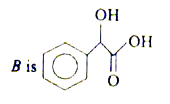 C
C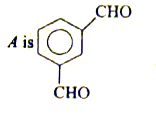 D
D
A given nitrogen-containing compound A reacts with Sn/HCl followed by HNO2 to give an unstable compund B.B on treatment with phenol forms a beautiful coloured compound C with the molecular formula C12H10N2O The structure of compound A is .
(a)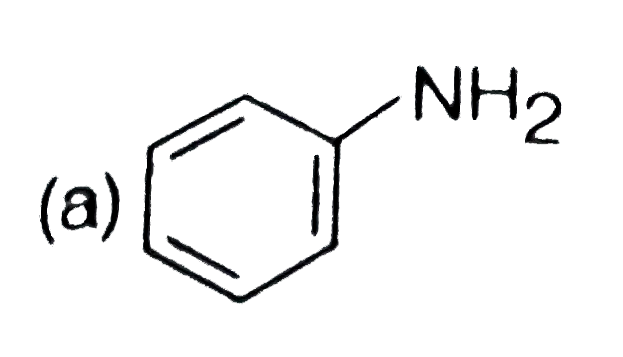
(b)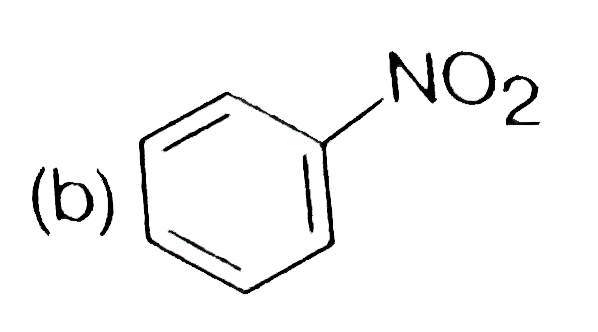
(c)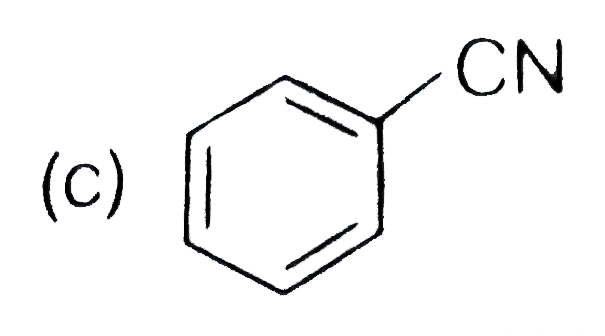
(d)
View SolutionAn organic compound (A) (C8H14O) forms an oxime and gives a positive haloform reaction. On ozonolysis, it gives acetone and a compound (B) (C5H8O2) . (B) forms a dioxime and on subjecting to oxidation reaction gives an acid (C ) (C4H6O4). On treatment with excess of ammonia and strong heating, (C ) gives a neutral compound (D) (C4H5O2N). (D) on distillation with zinc dust forms pyrrloe. Suggest the possible structures of (A), (B), (C ), and (D). Explain the chemical reactions involved.
View SolutionBromobenzene on treatment with fuming H2SO4 gives a compound which one treatment with Cl2/AlCl3 gives (A), (A) on distillation with dil. H2SO4 gives (B). (B) on treatment with an eq. of Mg in dry ether gives (C ). (C ) on treatment with CH3CHO followed by hydrolysis gives (D). (D) on treatment with NaOl gives (E). Identify the structures of (A) to (E).
View SolutionA compound D(C8H10O) upon treatement with alkaline solution of iodine gives a yellow precipitate. The fibtrate on acidification gives a white solid E(C7H6O2). Write the structures of D,E .
View SolutionAn alkene (A)C16H16 on ozonolysis gives only one product (B)(C8H8O). Compound (B) on reaction with NH2OH followed by reaction with H2SO4,Δ gives N - methyl benzamide the compound 'A' is -
View SolutionAn organic compound (A) with molecular formula C7H8O dissolves in NaOH and gives characteristic colour with FeCl3. On treatment with Br2, it gives a tribromo product C7H5OBr3. The compound is:
View SolutionAn organic compound A(C4H9Cl) on the reaction with Na/diethly ether gives a hydrocarbon which on monochlorination gives only one chloro derivative then, A is
View Solution